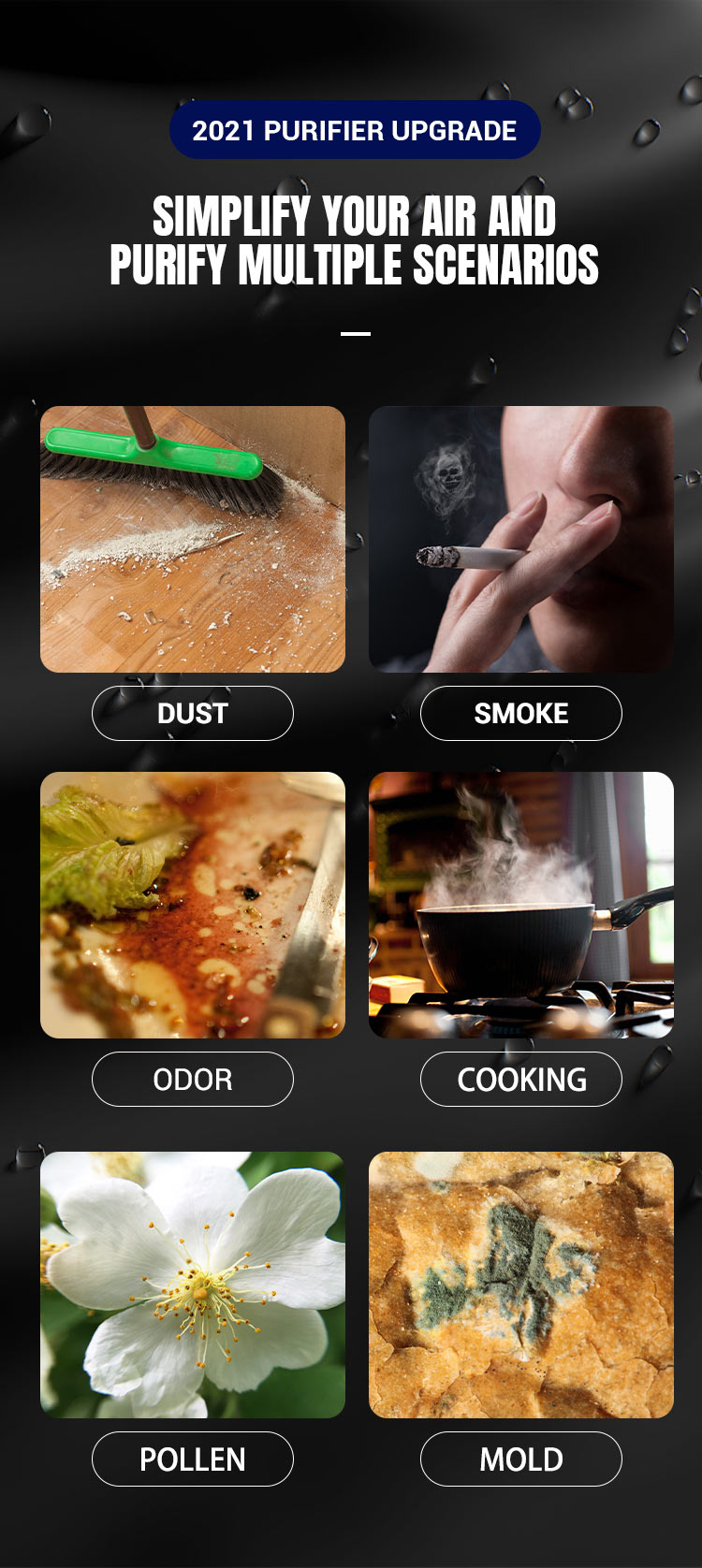According to a study published in the journal Clinical and Translational Allergy, portable air filtration units with sufficient clean air delivery rates can effectively remove mites, cat and dog allergens, and particulate matter from indoor ambient air.
The researchers call it the most extensive study, focusing on portable air filtration efficiency for a range of airborne features in bedrooms.
“Two years before the study, several researchers in Europe and I had a scientific meeting on air quality and allergies,” said Jeroen Buters, PharmD, toxicologist, deputy director of the Center for Allergy and the Environment, and member of the German Center Munich Industry The Lung Research Centre at the University and the Helmholtz Centre told Healio.
The researchers examined Dermatophagoides pteronyssinus Der p 1 and Dermatophagoides farinae Der f 1 house dust mite allergen, Fel d 1 cat allergen and Can f 1 dog allergen, all of which can be detected in airborne particulate matter (PM) .
“Everyone thinks that Dermatophagoides pteronyssinus is the main allergen-producing mite in the family. Not – at least not in Munich, and probably not elsewhere. There it is Dermatophagoides farinae, another closely related mite. Almost all of patients were treated with extracts of D pteronyssinus. Because of the high similarity between them, this was basically OK,” Butters said.
“Also, each mite lives differently, so you better know which one you’re talking about. In fact, there are more people in Munich who are sensitive to D. farina than D. pteronyssinus,” he continued. .
Investigators conducted control and intervention visits in each household at 4-week intervals.During the intervention visit, they represented dust disturbance events by shaking the pillow for 30 seconds, the bed cover for 30 seconds, and the bed sheet for 60 seconds.
In addition, the researchers measured Der f 1 concentrations in the living rooms of four houses and found that the median concentrations were 63.2% lower than those in bedrooms.
“An Australian study found most allergens in the living room sofa. We didn’t. We found it in the bed. It’s probably an Australian-European gradient,” Butters said.
Immediately after each event, the researchers turned on the purifier and ran it for 1 hour.This procedure was repeated four times during each visit, for a total of 4 hours of sampling per household.The researchers then examined what was collected in the filter.
Although only 3 families had cats and 2 families had dogs, 20 families Der f 1, 4 families Der p 1, 10 families Can f 1 and 21 families Fel d 1 qualified quantity.
“In almost all of the studies, some households were free of mite allergens. With our good approach, we found allergens everywhere,” Butters said, noting that the number of cat allergens was also surprising.
“Only three out of 22 households have cats, but cat allergens are still ubiquitous,” Butters said.”Houses with cats aren’t always the ones with the most cat allergens.”
Total Der f 1 in the air was significantly reduced (P < .001) by air filtration, but the reduction in Der p 1 was not statistically significant, the researchers said.In addition, the median total Der f 1 decreased by 75.2% and the median total Der p 1 decreased by 65.5%.
Air filtration also significantly reduced total Fel d 1 (P < .01) by a median of 76.6% and total Can f 1 (P < .01) by a median of 89.3%.
During the control visit, the median Can f1 was 219 pg/m3 for households with dogs and 22.8 pg/m3 for households without dogs.During the intervention visit, the median Can f 1 was 19.7 pg/m3 for households with dogs and 2.6 pg/m3 for households without dogs.
During the control visit, the median FeI d 1 count was 50.7 pg/m3 for households with cats and 5.1 pg/m3 for households without cats.During the intervention visit, households with cats had a count of 35.2 pg/m3, while households without cats had a count of 0.9 pg/m3.
Most Der f 1 and Der p 1 were detected in PMs with widths greater than 10 microns (PM>10) or between 2.5 and 10 microns (PM2.5-10).Most cat and dog allergens are also associated with PMs of these sizes.
In addition, Can f 1 was significantly reduced across all PM dimensions with measurable allergen concentrations, with a median reduction of 87.5% (P < .01) for PM > 10 (P < . < .01).
While smaller particles with allergens stay in the air longer and are more likely to be inhaled than larger particles, air filtration also removes smaller particles more effectively, allowing the researchers to say. Air filtration becomes an effective strategy for removing allergens and reducing exposure.
“Reducing allergens is a headache, but it makes people with allergies feel better. This method of removing allergens is easy,” Buters said, noting that reducing cat allergens (which he calls the fourth large allergens) are particularly difficult.
“You can wash the cat — good luck — or chase the cat away,” he said.”I know of no other way to remove cat allergens. Air filtration does.”
Next, the researchers will examine whether allergy sufferers can sleep better with an air purifier.
Post time: May-21-2022


